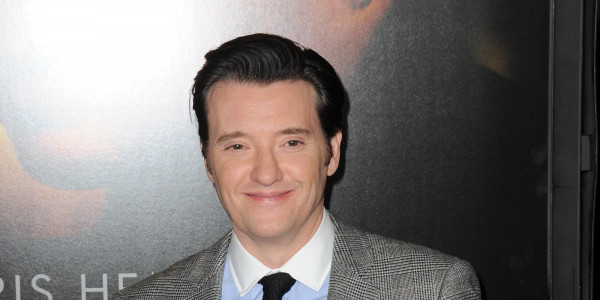
These factors can function as either risk or protective factors. The time from 12–25 years of age constitutes an extended developmental period in which independence in lifestyle is gradually achieved (note that in the United States, youth cannot buy tobacco legally until at least 18 years of age).Ĭigarette smoking among adolescents and young adults is a multidetermined behavior, influenced by the unique and overlapping combinations of biological, psychosocial, and environmental factors. The chapter investigates the predictors of initiation and progression of tobacco use for two groups: adolescents (girls and boys aged 12–17 years) and young adults (women and men aged 18–25 years).

To reflect the findings of researchers during the last decade and a half, the description of etiologic factors differs substantially from the earlier report. Literature was collected in a theory-guided way, using the Theory of Triadic Influences, to emphasize findings deemed important by the scientific panel convened to write this chapter. Instead, it focuses on highlighting information gleaned from research conducted after the 1994 report was written. This chapter, which updates Chapter 4 of the 1994 report, is not meant to be an all-encompassing review. The report noted that use of smokeless tobacco tended to be specific to males, and both parents and youth perceived the use of smokeless tobacco to be relatively safe and acceptable when compared with cigarette smoking ( USDHHS 1994). In addition, having insufficient knowledge about the health consequences of using smokeless tobacco was found to predict initiation of that behavior. The same factors were also found to predict two specific behaviors: cigarette smoking and the use of smokeless tobacco. That report, which described the developmental stages of tobacco use from onset to regular use, set forth several sets of factors that influence the initiation of tobacco use:īelief that tobacco use is functional or serves a purpose. Department of Health and Human Services 1994). The 1994 Surgeon General’s report on preventing tobacco use among young people discussed psychosocial risk factors for initiating tobacco use ( U.S. This chapter provides important information on these developmental processes, examining large social and physical environments that support or discourage tobacco use, small social groups, cognitive and affective processes, and neurobiological and genetic factors.

As was shown in Chapter 3 (“The Epidemiology of Tobacco Use Among Young People in the United States and Worldwide”), by 26 years of age, nearly all people who are going to use tobacco have already begun, so the focus of primary prevention with young people really spans the ages of 12 to 25 years. These changes create a unique window of vulnerability for tobacco use onset in adolescence and young adulthood. Notably, peer group influences emerge as powerful motivators of behavior change. Yet brain development is not complete, and there is immaturity in consequential thinking, impulsivity, and decision-making skills before adulthood.

By definition, adolescence and young adulthood represent the social transition to adulthood, with accompanying risk-taking associated with trying and acquiring adult behaviors. These particular stages of development within the life course are perhaps the only times in life when tobacco use might be appealing and even perceived as functional to individuals ( Perry 1999). Why anyone would begin to smoke or use smokeless products may therefore not seem “rational.” This chapter (and Chapter 5, “The Tobacco Industry’s Influences on the Use of Tobacco Among Youth”) examines, within a theory-driven context, the risk factors associated with the onset and development of tobacco use over the course of adolescence and young adulthood. The immediate and long-term health consequences of use have been extensively documented over the past 50 years. This chapter addresses the important question of why young people begin to use tobacco.


 0 kommentar(er)
0 kommentar(er)
